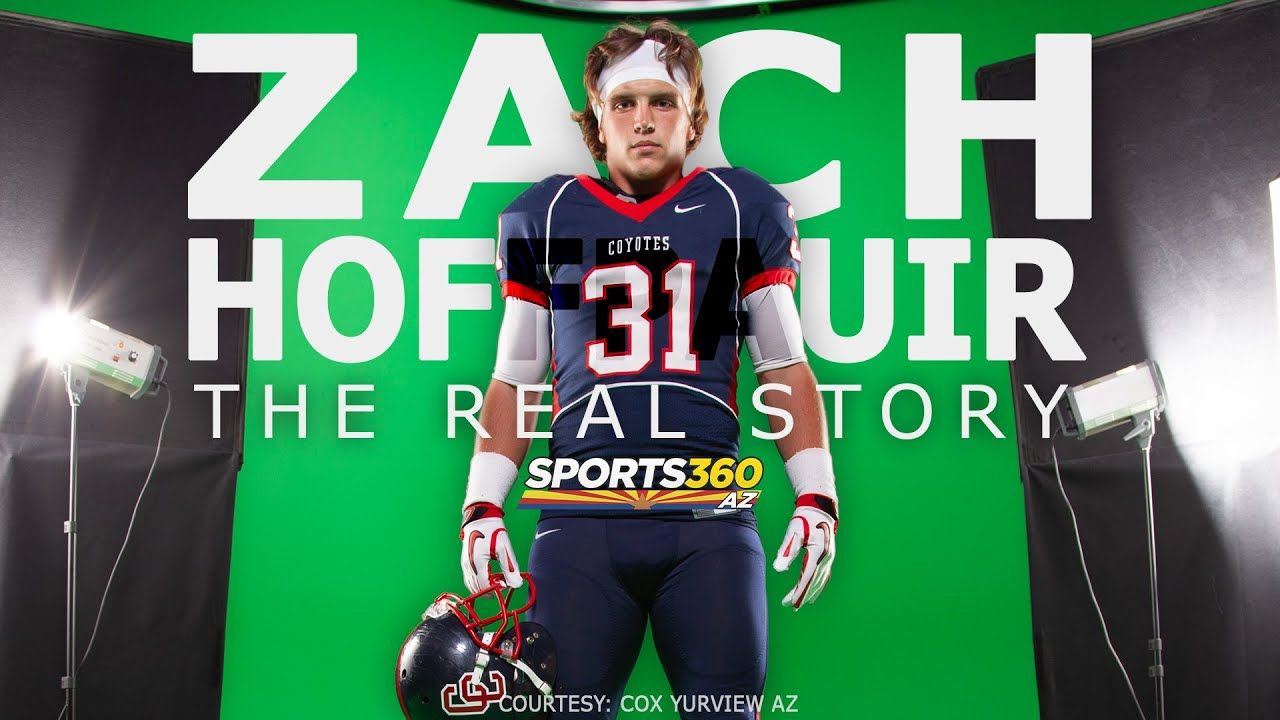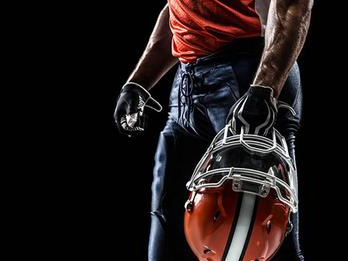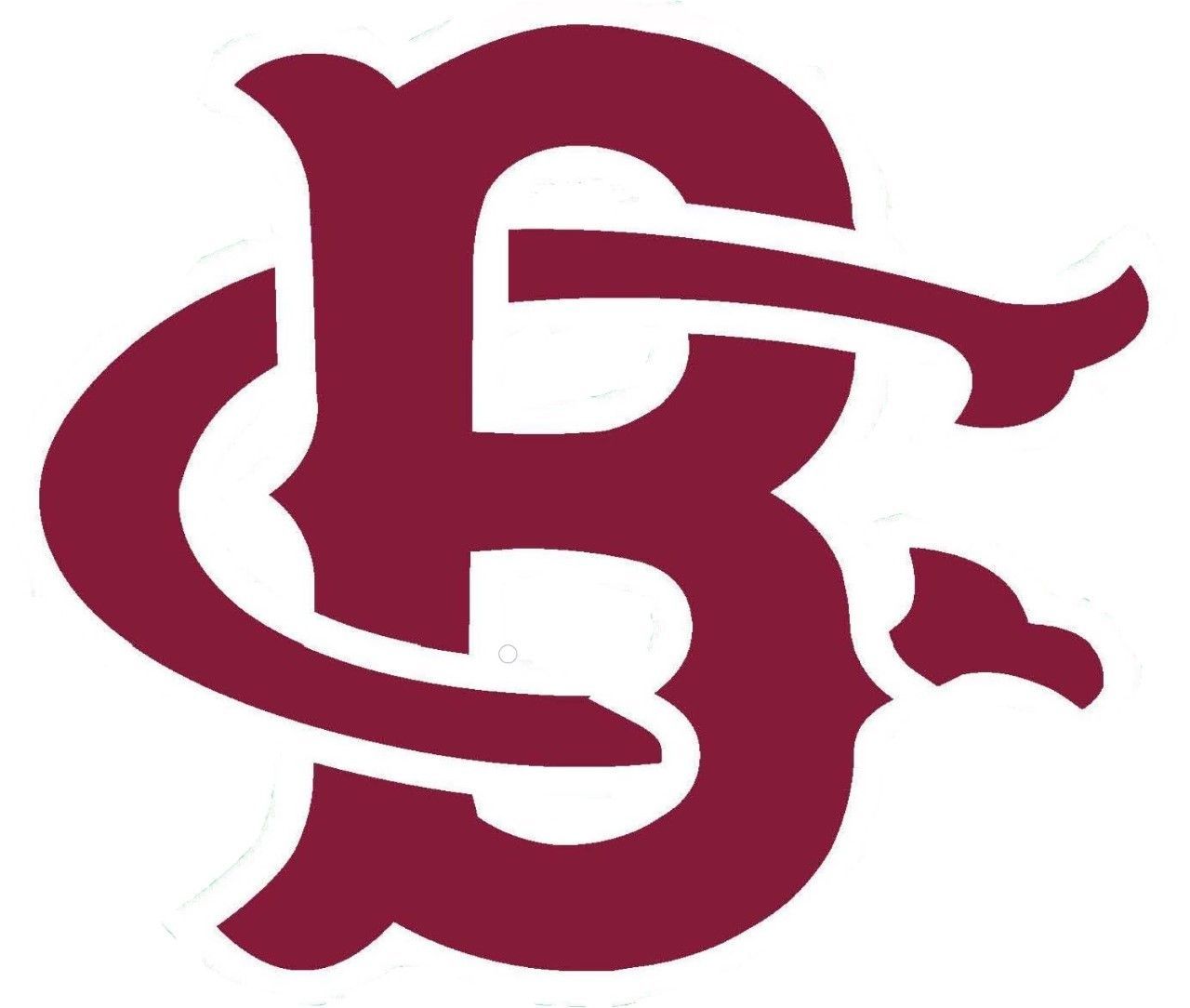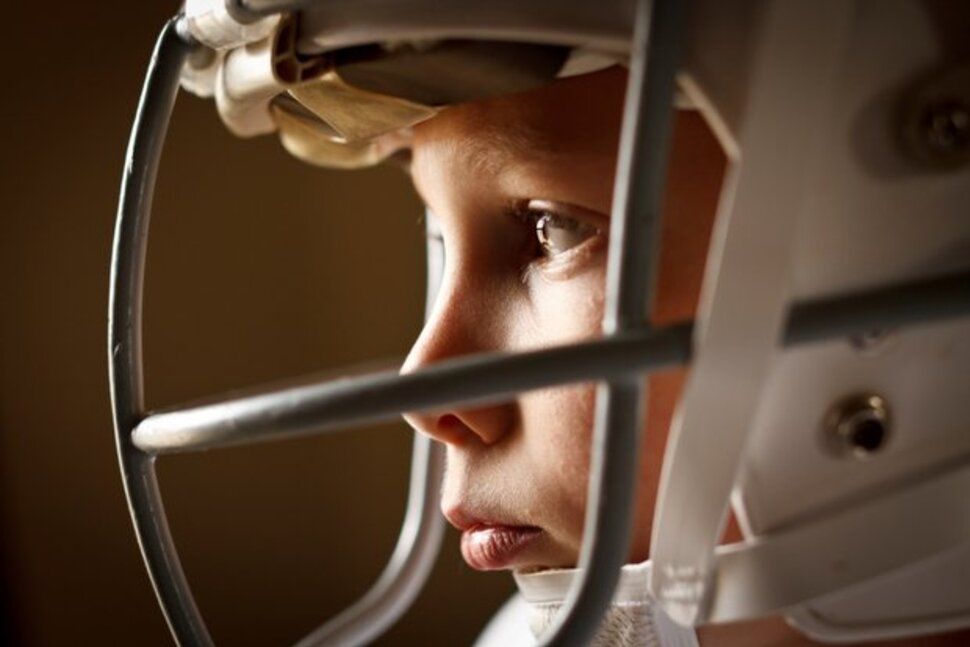Dutch Fork mourns loss of player during on-field tribute: ‘Jack meant everything to me’
IRMO — The Dutch Fork High School football field was supposed to be empty on Aug. 27.
The Silver Foxes’ focus just a few days ago was gearing up for a road game against the highly-ranked Gaffney Indians, where senior Jack Alkhatib, an National Honors Society student who anchors the offensive line, would be counted on to create running space and protect his quarterback.
Alkhatib, 17, died Aug. 24 after collapsing during practice, leaving a close-knit community northwest of Columbia reeling and the field he loved so much into a gathering place to honor him.
“He was about a perfect a human as I ever met,” said his teammate and close friend, Coby Donelson.
Protection is something that came innately to “Big Jack” on the team that has won five straight state titles. He viewed his responsibility as a teammate just the same as he did in other aspects of his life.
“Jack meant everything to me,” teammate Kevon Nixon said. “Every day, even if I had a bad practice, he would always know how make me feel better, even if his day was worse than mine.”
His white-and-green number 60 jersey was laid over the spot where he collapsed, surrounded by flowers and cards and tokens of his life.
Donelson joked about Alkhatib’s love for strange flavors of juice, and a few empty bottles that were in his car were placed at the memorial. There were also miniature footballs, stuffed animals and video games he’d play often with friends.
The scoreboard — which typically displays another dominant Dutch Fork outing — instead was set to “60.”
“Tonight is not a typical Friday night at Dutch Fork High School,” school principal Gerald Gary said. “It’s not typical because this past Tuesday, Dutch Fork lost. And Dutch Fork rarely loses.”
Tributes poured in almost immediately after Alkhatib’s death, from University of South Carolina head coach Shane Beamer to rival programs and strangers.
About 100 miles away in Gaffney, the team hosted a charity drive to benefit Alkhatib’s family, unfurling a banner of him in tribute.
Nixon’s mother, Keisha — who arrived to the stadium early on Friday to lay out white mums in Alkhatib’s number — said the support for Jack and the team surprised but touched her.
“It really shows that even though we’re competitors on the field, we’re family off the field,” she said. “It’s not even about competition anymore. It’s about showing love for the team. It’s about showing love for the game.”
Alkhatib’s teammates said he would put in work every moment he could — inspiring them to do the same. He honed his style at off-season camps.
A 60-second moment of silence stilled the crowd of about 400 that filled the stands, punctuated only by sounds of teammates, classmates and teachers weeping.
Kesha Knotts, whose husband Tom is the Silver Foxes’ head coach, read a speech he wrote, herself overcome with emotion as she made it through the five minutes of remarks.
“Players and coaches, parents watched in disbelief and in the horror we prayed, we screamed, we held each other’s hands, we cried in pain and anguish,” Knotts wrote. “I can’t imagine the pain that mom and dad and big brother feel.
“I know the pain these players and coaches feel is deep, dark, ugly and real. Rest in peace, big No. 60. Guard the good Lord’s blind side.”
Many of Alkhatib’s teammates embraced his mother, Kelly, who attended the memorial along with other relatives.
“I need you,” one of them said.
“We got you,” said Alkhatib’s teammate, Nicolas Wright.






